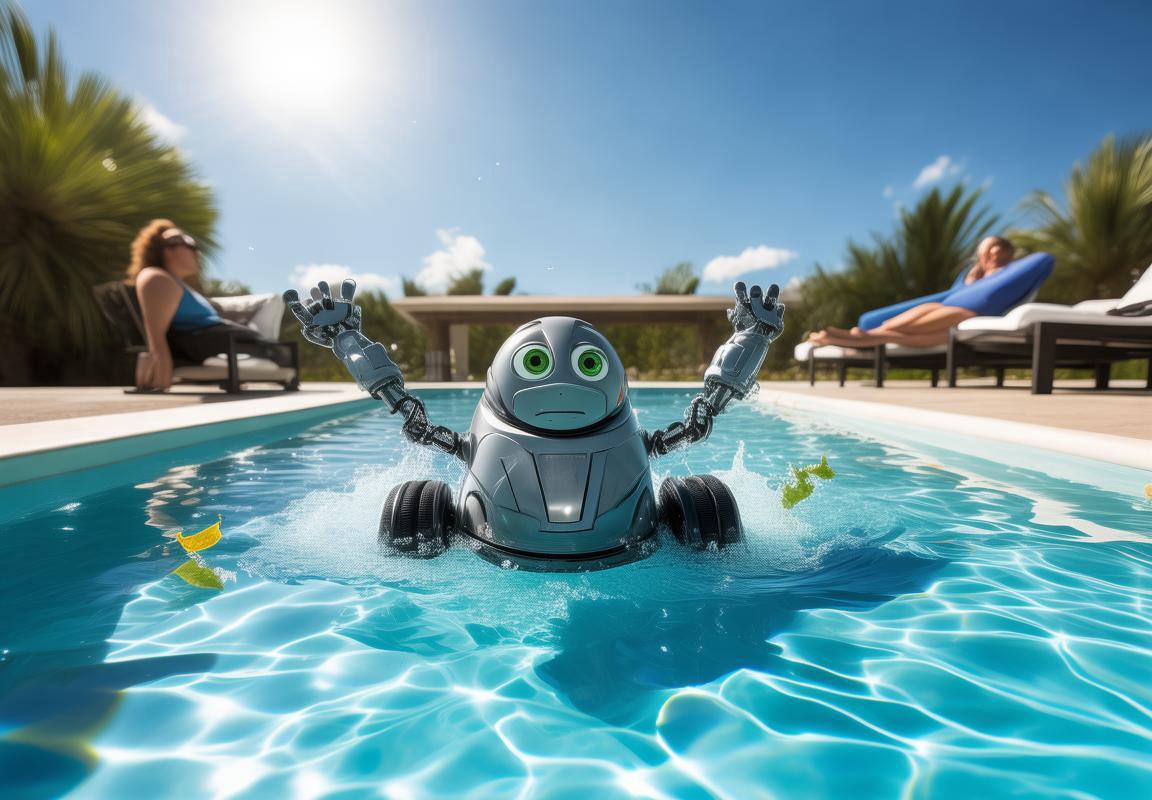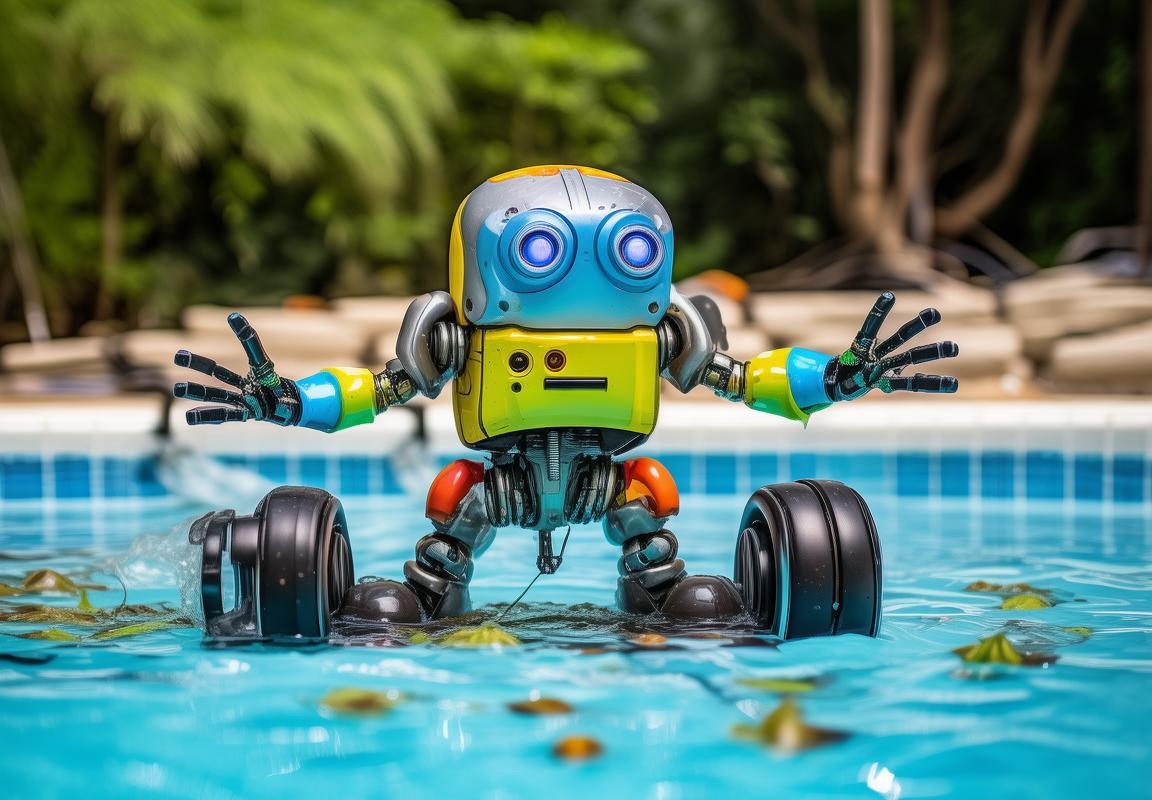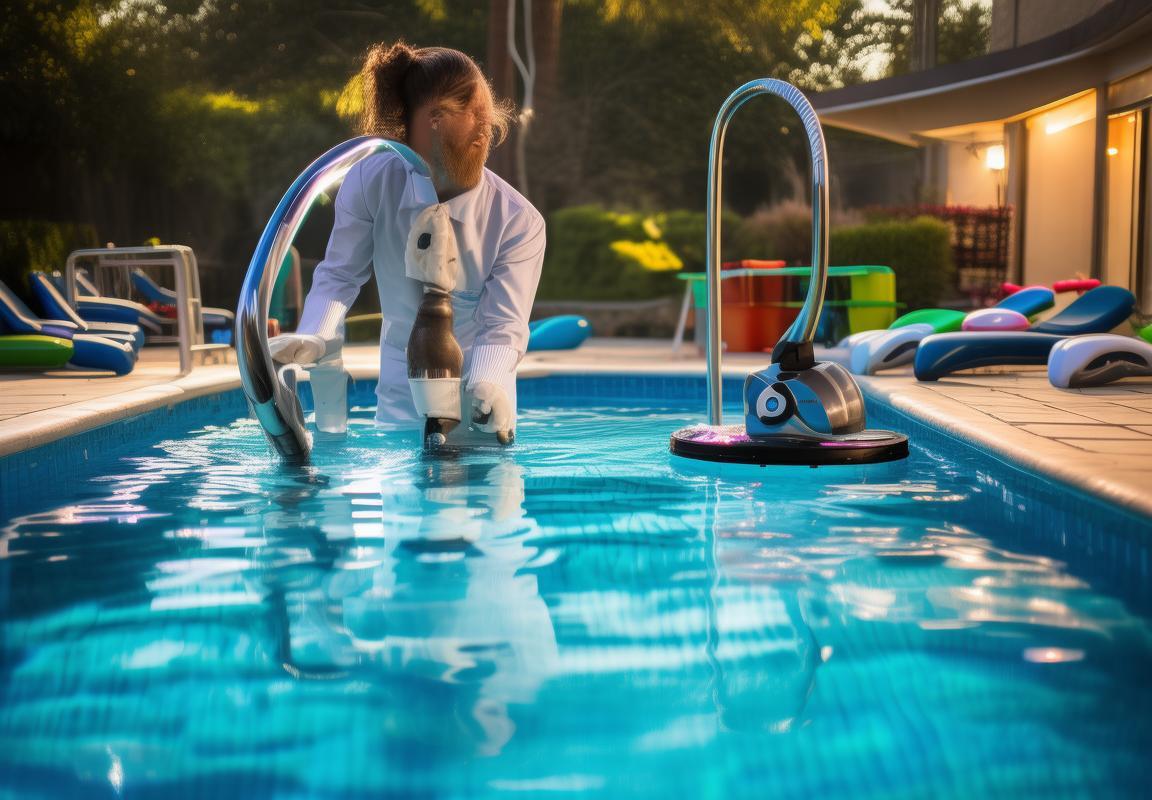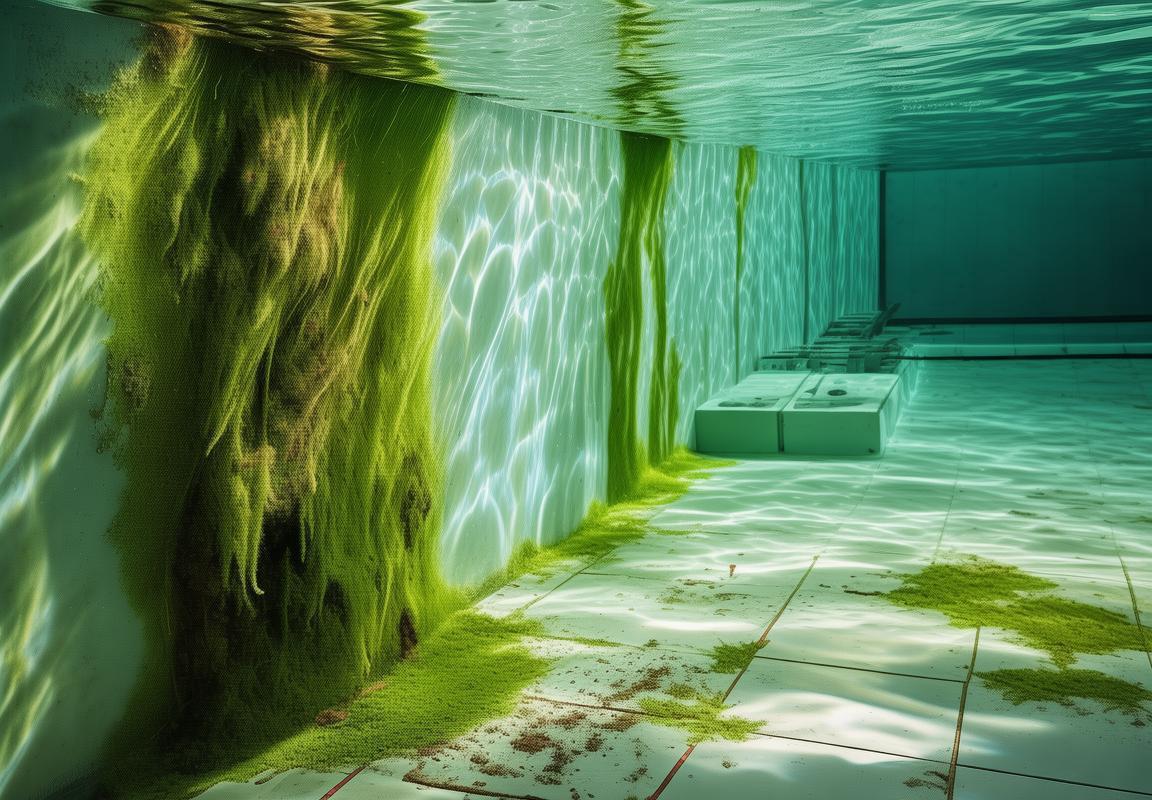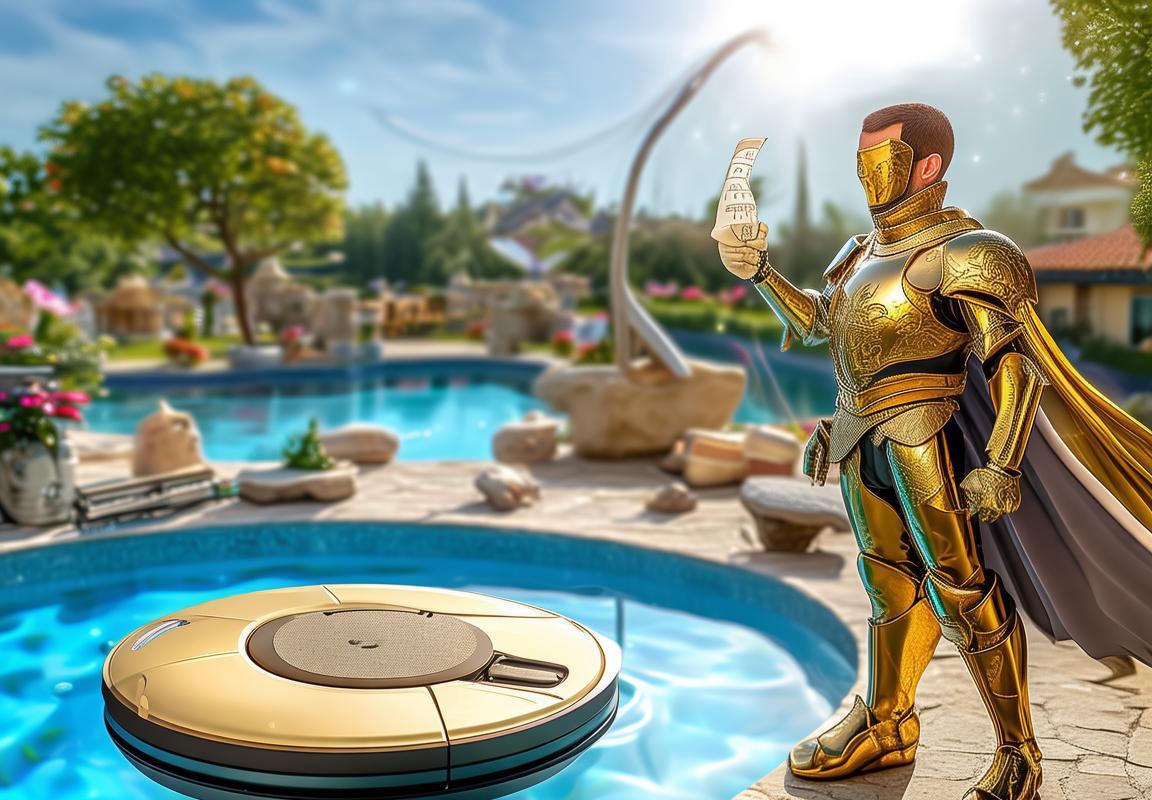Pool Wall Cleaner Not Working? 5 Pool Maintenance Mistakes Ruining Your Robotic Pool Cleaner’s Performance
Your pool wall cleaner isn’t lazy—you’re likely making common pool maintenance mistakes. If your Robotic Pool Cleaner is spinning aimlessly or missing spots, the issue isn’t the machine—it’s setup or upkeep. First, ensure you’re using the right cleaner for your pool type: robotic scrubbers for plaster, pressure-side for fiberglass, and heavy-duty models for tile. Clogged filters, tangled hoses, or worn brushes can cripple performance—clean them regularly. Algae thrives when ignored, so pre-scrub walls and balance chemicals before running the cleaner. If your bot floats, weight the hose; if it’s old or repair costs exceed its value, upgrade. Pool Wall Cleaners aren’t “set and forget”—they need TLC to keep your pool spotless. Fix these issues, and your cleaner will work like new.


